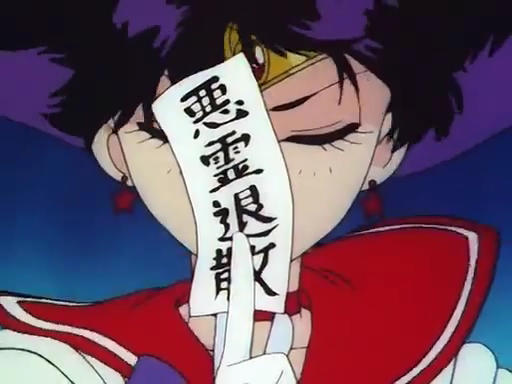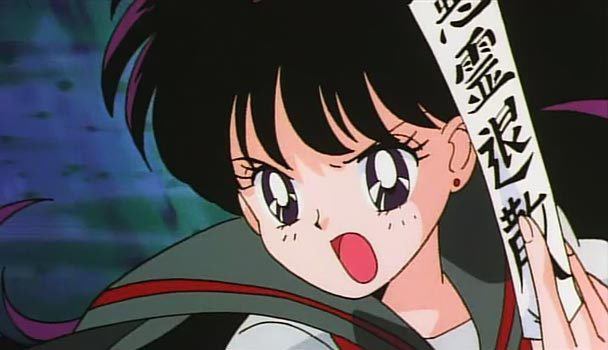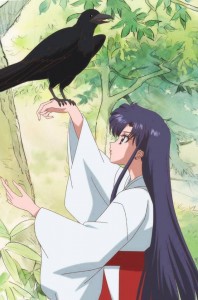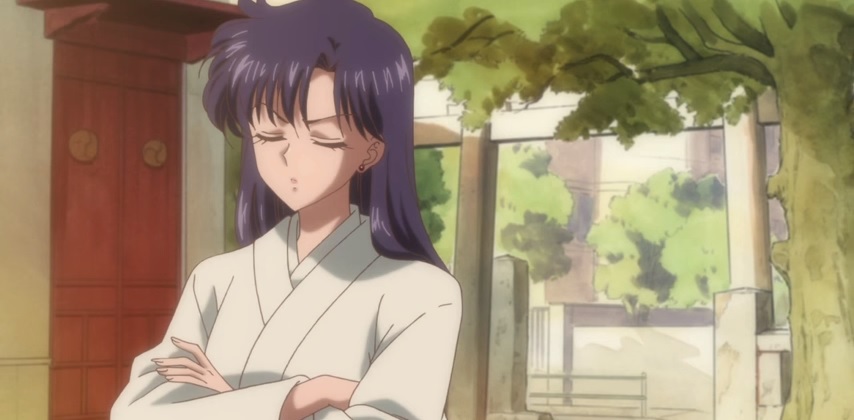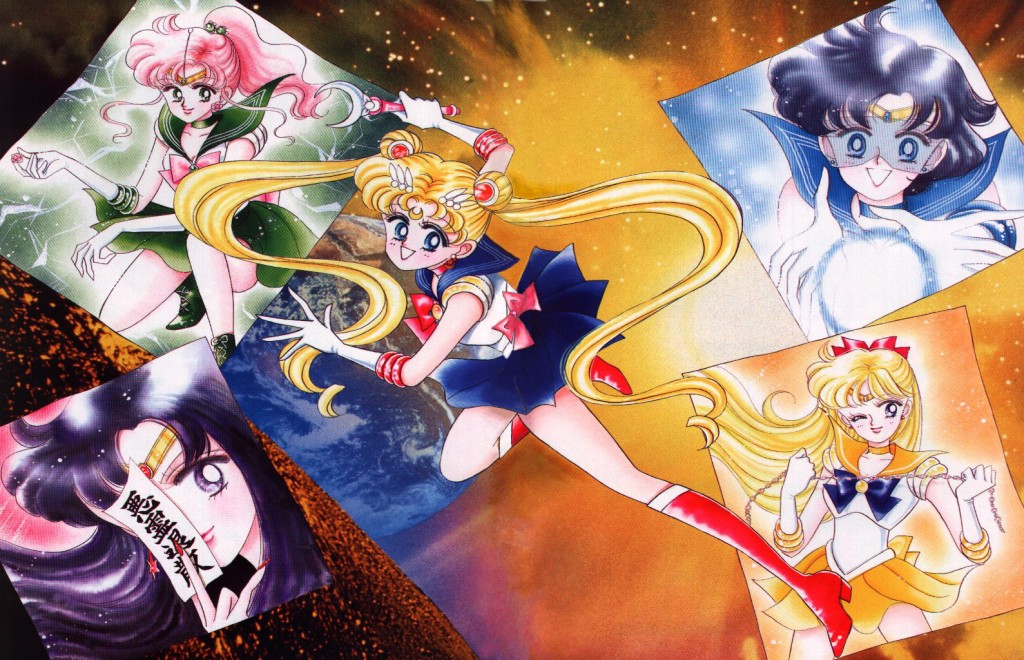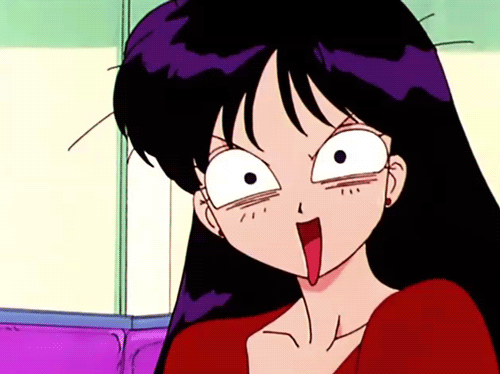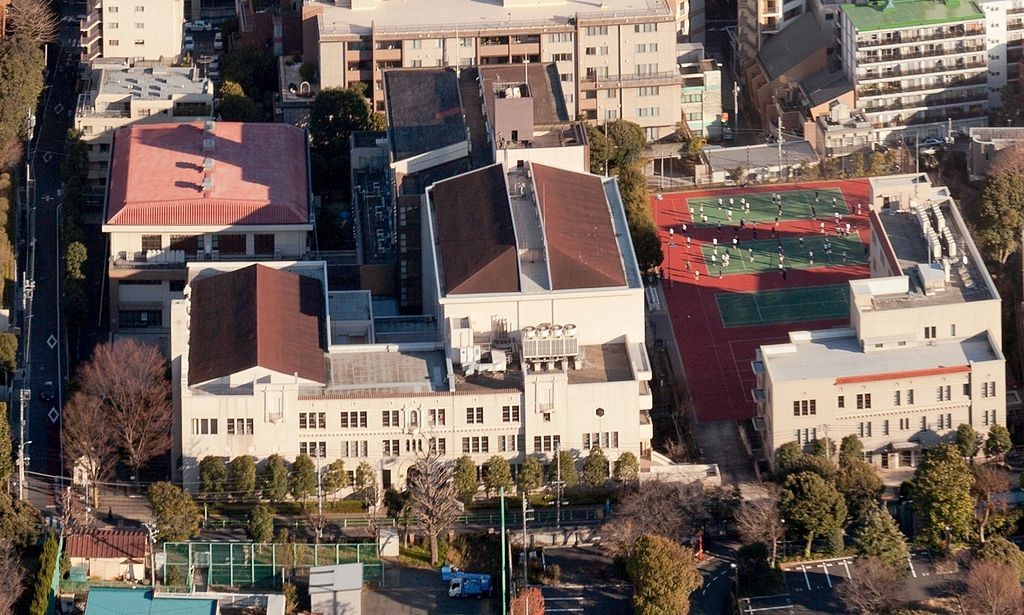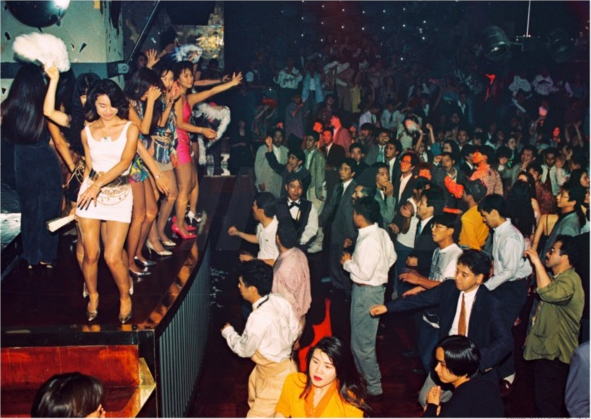If you’re anything like me, you’ve been reading and watching the adventures of Sailor Moon for ten or even twenty years and have seen Rei throw these strips of shrine-blessed papers at enemies (and even Usagi) without ever once thinking “Well, that’s kind of strange. Throwing papers around seems like an odd way to go about things.” In fact, until I actually started reading up on this for a completely unrelated project, it just seemed so natural to me that of course she would be throwing papers around. I suppose this is because scenes like this actually appear in other anime and manga, so it just seems like yet another anime trope. But if that’s the case, where did it start? How did something like this get embedded into Japanese entertainment in the first place?
Category Archives: Rei Hino
What Does Rei’s Name Mean?
As anyone who’s started out on the massive undertaking of learning Japanese can probably tell you, there are three different writing systems used in Japanese: hiragana, katakana, and kanji. Hiragana and katakana are nearly identical except for their usage – hiragana is used for native Japanese words, while katakana is used for words of foreign origin or for sounding things out (such as onomatopoeia). Kanji is used in conjunction with hiragana1 to add context and meaning to words or names.
The reason why this is important is that Rei’s name not only lacks any kanji associated with it (to be fair, both Usagi and Makoto’s names are typically written only in hiragana as well), but it’s also written in katakana, the system usually reserved for foreign names. Considering that we can be pretty sure that Rei’s not foreign (especially when you consider that Grandfather Hino is about as Japanese as they come, running a Shinto shrine and all), that leads us to the interesting question of why Ms. Takeuchi would choose to write Rei’s name in this manner. So, why did she?
While Ms. Takeuchi has never officially commented on this issue, it’s most likely that her reason for choosing this style is precisely to draw attention to Rei’s name. You see, since Japanese lacks uppercase letters and it doesn’t look so good in bold or italics, one Japanese strategy to emphasize a word or text is by writing it in katakana. For example, this strategy is often employed in video games or manga when robots are speaking. It gives the reader a sense of unease and draws attention to the text, the same way an English writer may put something IN ALL CAPS.
How does this all play out for Rei? Well, it gives the reader an impressing that something just isn’t quite right about this priestess girl and a sense of mystery to her. It also leaves it up to the reader as to which kanji they want to attribute to Rei, depending on what they believe her personality is. Though Usagi and Makoto are written in hiragana, there’s really only one meaning possible for either of their names: rabbit and truth, respectively. Rei, on the other hand, has several prime choices, all of which could be read the same. For example:
So by writing the name in katakana, Ms. Takeuchi is in a way able to attribute all of these meanings to Rei, all without actually saying any one in particular.
As one final note, it’s worth mentioning that the Chinese adaptation didn’t have the luxury of spelling out names phonetically and actually did have to choose one of the above. The localization there went for 火野麗 (the second one above),5 though it seems there are several other characters used occasionally by fans. Who knew that how you write the name could mean so much!
Why Did Rei Go to a Christian School?
One interesting issue regarding the character of Rei that is often pointed out among fans as an “inconsistency” is the slight oddity that a Shinto priestess would be attending a Christian junior high school. As we can see in multiple issues in the manga and continuously throughout the anime, Rei is a rather gifted young woman with mystical powers allowing her to sense evil, have premonitions, and otherwise engage in other experiences we’d typically describe as a “sixth sense.” Beyond that, Rei frequently performs fire readings and performs the role of a miko (巫女; shrine priestess)1 in carrying out Shinto rituals at the shrine. Taking all of this together, it may seem a bit strange at first glance that Rei would attend a Christian school. However, taking the situation and status of private schools in Japan, it’s not actually all that surprising. Let’s take a closer look!
Why Were There Five Sailor Soldiers in the Beginning?
With such a long-running and beloved series like Sailor Moon, it’s easy to overlook some of the more basic details of the series as obvious and just part of “the way things are,” but when you actually stop and take a close look, you can’t help but wonder why that’s how things turned out. The fact that there were originally five members of the Sailor Team, for example, is one of those. Often referred to as the “Inner Senshi,” the original five sailor-suited beauties making up the core team are simply seen as the staple of the series, but when you actually stop and think about it, things don’t quite add up. Though there’s been no direct word from Ms. Takeuchi on this issue, there’s a surprising amount of tradition in Japanese TV, manga, and traditional theater culture as well which supports this five member team, so let’s see if we can make some sense of it!
Why is Rei So Different in the Anime and Manga?
This is a question that has been asked both by Japanese and international fans of Sailor Moon since time immemorial… or at least since the series first debuted in 1992. While there are little differences here and there in the intricacies of all the other characters’ personalities, Rei stands out in being simply so completely different between the anime and manga. How is it that the mature, self-assured, lady-like, and self-proclaimed man-hating1 young woman in the manga became the boy-hunting foil for Usagi in the anime? Even Ms. Takeuchi herself had complained about how the anime changed the character. So, what happened?
One of the simplest explanations for the change — and one that probably explains at least half of the story behind it — is that while the focus of the manga was on the story of young love and young girl fighting against the forces of evil (at least in the first season), the focus of the anime was more on friendship and the relationship between the five girls. The strength of their friendship, for example, is what gave Sailor Moon the strength to defeat Queen Metalia in the end.
Another contributing factor was due to the slightly younger intended audience of the anime and the fact that, unlike the solitary nature of a manga (where the reader engages in it by themselves), a television program is typically a group experience, perhaps watched with your family or with friends. For this reason, the anime team went with a decidedly more comedic route than what you saw in the original manga. Rei — the soldier of fire — seemed like as good of a candidate as any, I suppose, to play the opposite of Usagi and constantly push her, argue with her, and fight for the attentions of their shared love interest, Mamoru.
But perhaps there’s a slightly deeper reason for this, another reason why it is that the anime staff envisioned Rei as more of a wild, outgoing girl. There very well may be, and that reason could very well be tied directly into where the story takes place (and — more specifically — where Rei lives and plays).
Rei is said to go to T.A. Catholic School (a private all-girl’s school)2 which seems to be based on Toyo Eiwa Jogakuin (T from Toyo and the ei in Eiwa is pronounced “A” in Japanese, which would explain the name TA chosen by Naoko).3 The school is located in a part of Roppongi where there are quite a few embassies, high class restaurants, and has a vibe of what one could call the “upper crust part of town.”
Incidentally, TV Asahi (the station which carried the Sailor Moon anime during its original run) is also located in Roppongi, though despite being in the same area, the feeling of the town is incredibly different. Particularly at that time, in the late 1980s and early 1990s (and even today, to be honest), Roppongi was known for its discos and wild night-life entertainment. Late night drinking, women in short skirts, and dance clubs running late into the night were and are the norm. The most famous of which, Juliana’s,4 was located in Shibaura, in the same Minato ward and nearby to Roppongi.
While I wouldn’t go so far as to say that it was a misunderstanding by the anime staff when they were deciding how to interpret the characters from paper to the airwaves, I think the staff working on the series definitely had a different impression when they heard the words “Roppongi girl,” which could have led to at least some of the differences we see in Rei’s personality. While Ms. Takeuchi’s association was likely more in line with the private Catholic girls school, the embassies, and sky-rise apartments, the day to day experience of the TV Asahi directors and writers would have been very different and more akin to the night club life that Americans would more closely associate with Las Vegas.
This difference ultimately sorted itself back out in the live action show and Crystal, so it’s fair to say that the manga is obviously what would be considered to be the “correct” Rei Hino, but I for one find them both to be interesting in their own ways. Even if it was unintentional, I think it gives you a chance to enjoy the same character twice, even if I admittedly do prefer the manga!
